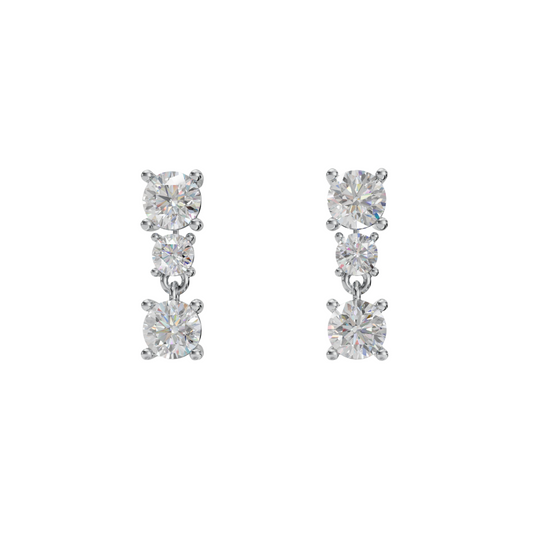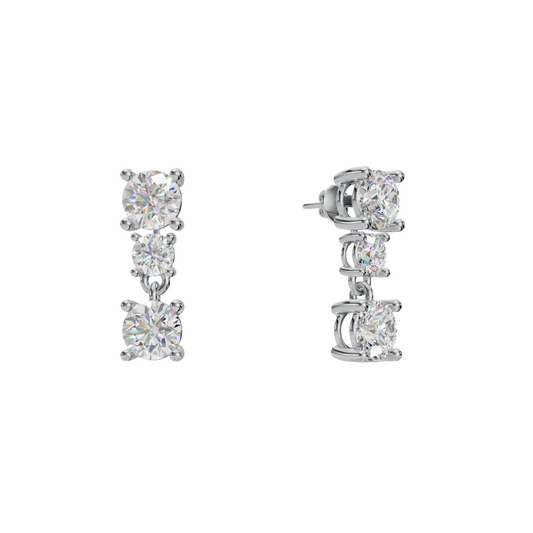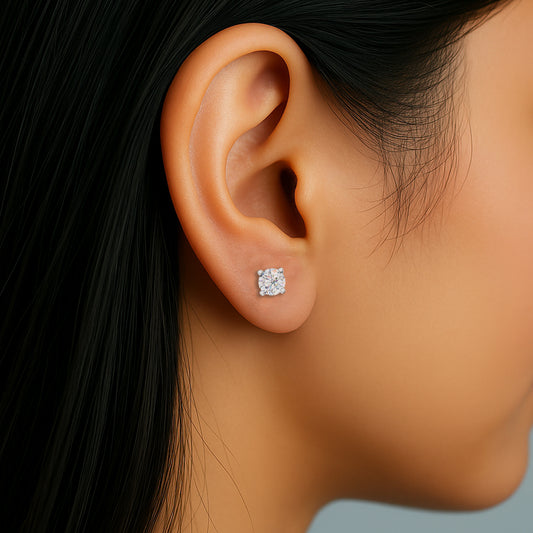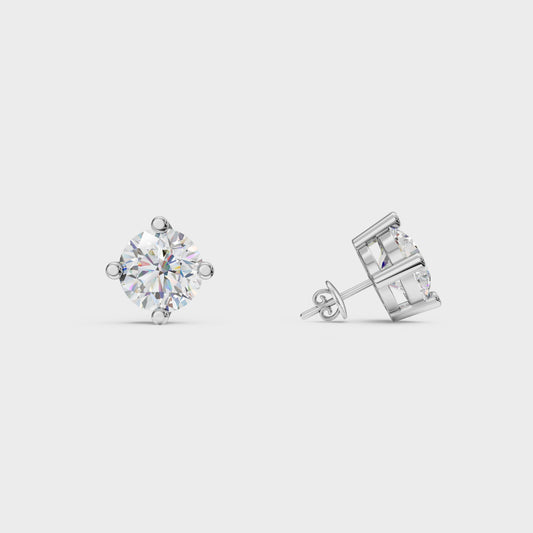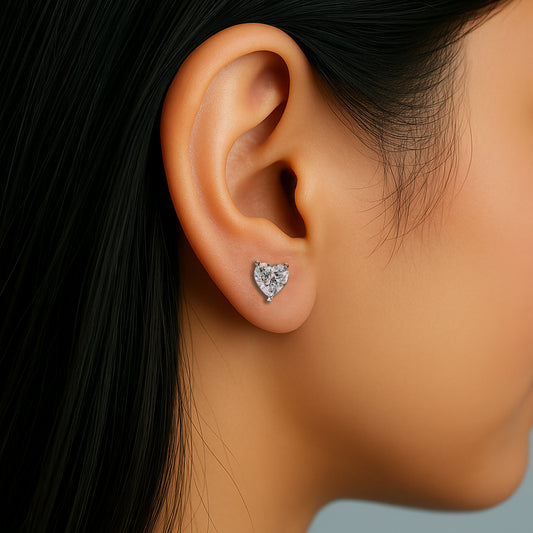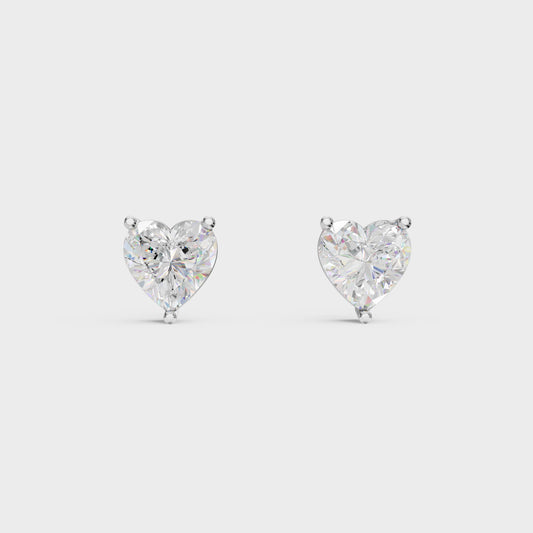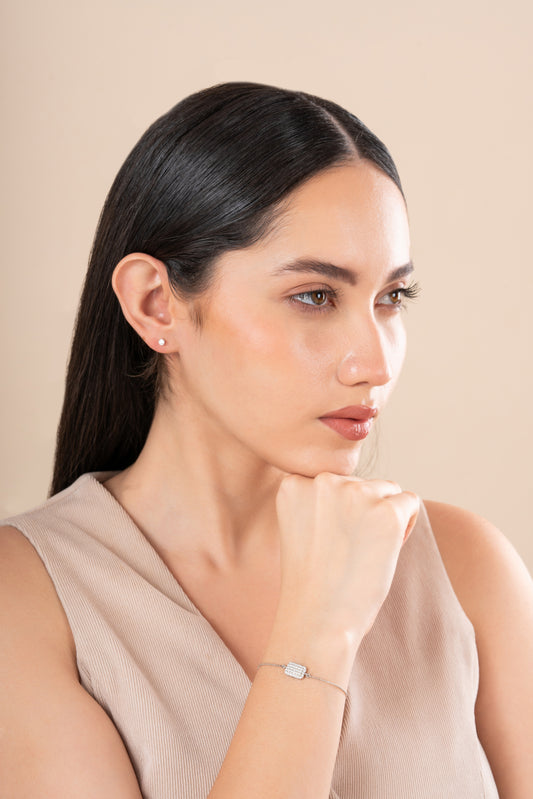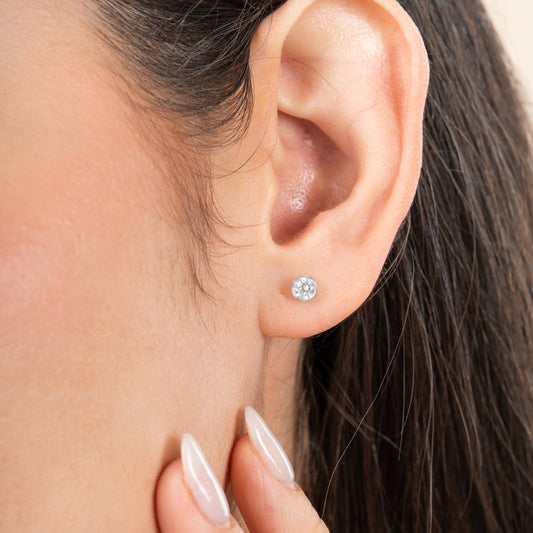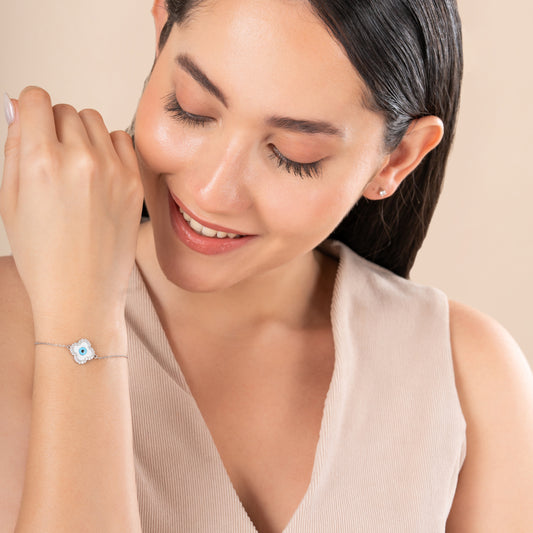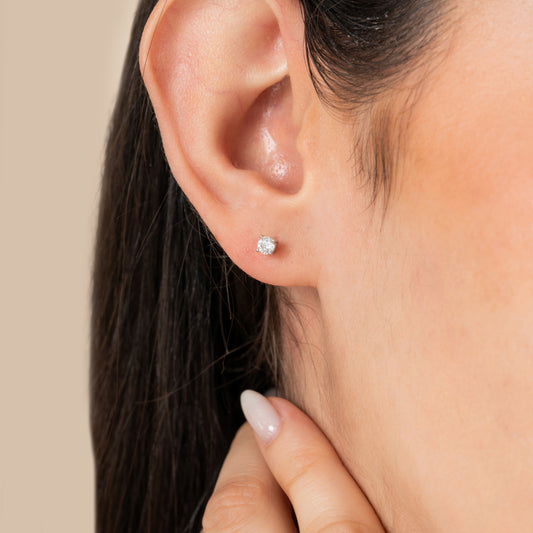Introduction
Jewellery is more than decoration; it’s a reflection of culture, history, and identity. Among all precious metals, silver has held a timeless place in human history. It has symbolised wealth, spirituality, protection, and elegance across civilizations.
From the treasures of pharaohs to the courts of European monarchs and the modern-day fashion runways, sterling silver jewellery (92.5% pure silver blended with 7.5% alloys) has evolved with us. Its brilliance, affordability, and versatility make it as relevant today as it was thousands of years ago.
This is the story of how silver travelled from royalty to everyday luxury, continuing to shine as a modern fashion essential.
Silver in Ancient Civilisations
Silver is one of the oldest metals to be worked by humans, with records dating back over 5,000 years.
- Egyptians (3000 BC): Silver was rarer than gold in ancient Egypt. Pharaohs treasured silver jewellery, amulets, and religious artifacts. Silver was often called the “white metal of the gods.
- Mesopotamia: Silver was used as a form of currency and in bridal jewellery to symbolise wealth.
- Romans: The Romans turned silver into a sign of social status. Wealthy families owned silver rings, brooches, and tableware. Silver coins (denarii) became a foundation of trade.
- China: Silver was believed to drive away evil and bring prosperity. It was also given to newborns in the form of anklets or amulets for protection.
-
Vikings & Celts: Both cultures used silver for heavy arm rings, brooches, and decorative weaponry; showing strength and wealth.
👉 Early on, silver was never “just metal”; it was deeply tied to status, spirituality, and protection.
The Birth of Sterling Silver
By the 12th century, silver began to be standardised. In England, silversmiths established the “925” purity standard; meaning 92.5% silver mixed with 7.5% copper for strength. This is how sterling silver as we know it today was born.
- The word “sterling” comes from “Easterlings,” trusted merchants who used high-quality silver coins.
- By the 1300s, the British pound sterling became a symbol of economic stability, linking silver directly to wealth.
-
Sterling silver was used not only for coins but also for jewellery, crowns, chalices, and armour embellishments.
Silver in Indian Heritage
India’s relationship with silver is especially profound.
- Auspiciousness: Silver is linked to purity and prosperity, making it essential for religious rituals and weddings.
- Bridal Traditions: Silver anklets, toe rings, and waist chains were given to brides as symbols of fertility and blessings.
- Royal Courts: Maharajas commissioned exquisite silver jewellery for queens, as well as ornate crowns, swords, and artefacts.
-
Everyday Wear: Unlike gold (which was stored as wealth), silver jewellery was widely worn by women in daily life; making it “the people’s precious metal.”
Even today, gifting silver coins, utensils, and ornaments during Diwali, baby showers, and marriages remains a sacred tradition.
Silver Through the Ages in Europe
During the Renaissance, silver jewellery flourished as artistry and craftsmanship evolved. Nobility commissioned elaborate silver necklaces, brooches, and rings.
- 16th–18th centuries: Silver became the “metal of choice” for aristocrats. Intricate lockets, cameo brooches, and ornate bracelets in sterling silver were worn by royals and the wealthy.
- Victorian Era (1837–1901): Queen Victoria’s love for silver jewellery popularised it across Europe. Sentimental silver lockets, mourning jewellery, and engraved rings became fashionable.
-
Art Nouveau & Art Deco (1900s): Silver designers like René Lalique and Georg Jensen turned silver into wearable art with flowing, modernist designs.
Silver moved from simply being a royal symbol to a fashion statement embraced by society at large.
Sterling Silver in Modern Fashion
Fast forward to the 20th century and beyond, silver adapted seamlessly to modern lifestyles.
- 1960s–70s: Silver bohemian and hippie jewellery flourished — chunky rings, ethnic-inspired pendants, and hand-crafted silver became symbols of free-spirited style.
- 1990s: Silver chokers, minimalist hoops, and stud earrings became global fashion staples.
-
Today: Sterling silver is everywhere; from delicate daily-wear jewellery to bold statement pieces on international fashion runways.
Designers and influencers celebrate silver as luxurious yet accessible, a metal that complements both streetwear and haute couture.
Why Sterling Silver is Still Loved Today
Despite centuries of change, sterling silver remains timeless. Why?
- Affordable Luxury: It gives you the look of white gold or platinum without the price tag.
- Everyday Wear: Strong, durable, and hypoallergenic, perfect for daily use.
- Versatility: Looks stunning with Indian ethnic wear, western outfits, or fusion fashion.
- Cultural Value: Silver is auspicious, making it a meaningful gift.
-
Sustainability: Unlike disposable fashion jewellery, silver is recyclable and lasts for generations.
The Symbolism of Silver Across Cultures
Silver’s history isn’t just about fashion; it’s about meaning.
- Protection: In many cultures, silver amulets were believed to ward off evil.
- Purity: Its white glow symbolised clarity, honesty, and peace.
- Wealth: Silver coins and ornaments were historically considered a measure of prosperity.
-
Love & Memory: Lockets, rings, and pendants in sterling silver often carried engravings, making them tokens of emotion.
This emotional depth is why silver remains more than just jewellery; it’s part of human heritage.
From Heritage to Everyday Fashion
What makes sterling silver unique is its journey:
- Once exclusive to royalty, now it’s a fashion essential for everyone.
- Once a symbol of wealth, now it’s a symbol of individual style.
-
Once stored in treasuries, now it’s part of our daily lives.
Modern silver jewellery from stackable rings to custom pendants carries this legacy forward while fitting into today’s lifestyle of affordable luxury.
Conclusion
The history of silver is the history of elegance itself. From pharaohs to queens, maharajas to millennials, silver has never lost its shine.
925 sterling silver jewellery embodies this journey: it’s royal yet accessible, ancient yet modern, traditional yet trendy. It proves that luxury isn’t about price; it’s about timeless beauty that adapts to every era.
Whether you wear it as a ring, a pendant, or an anklet, every sterling silver piece you own is part of this living heritage.
FAQs
-
When did sterling silver jewellery become popular?
Sterling silver gained popularity in medieval Europe (12th century) and has been a standard ever since. -
Why is silver considered auspicious in India?
Silver represents purity, prosperity, and blessings, which is why it’s gifted during rituals and weddings. -
Is sterling silver still trendy today?
Yes; it’s trending as a modern luxury because it’s versatile, affordable, and sustainable.
